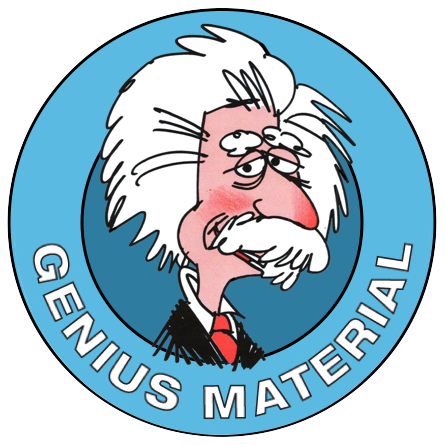 It was reckoned by psychologist George Miller in 1956, that depending on circumstances, we can only pay attention to roughly 7 things at a time. Hey, if you think that number’s pretty small, you’ll be even less impressed that more recently, memory and attention expert Nelson Cowan, established that it is more likely to be nearer four!
It was reckoned by psychologist George Miller in 1956, that depending on circumstances, we can only pay attention to roughly 7 things at a time. Hey, if you think that number’s pretty small, you’ll be even less impressed that more recently, memory and attention expert Nelson Cowan, established that it is more likely to be nearer four!
Ever lost your keys? Maybe you’ve staggered into the house, knees buckling, with three bags of groceries, keys in your hand, along with the post you picked up on the way through, having kicked your shoes off at the door and thinking about taking your coat off when the phone rings.
What are you going to focus on? I’d bet my bottom dollar it’s the ‘phone call.
Are you counting with me, the number of things you’re juggling with here?
You put the keys and letters down absentmindedly, and answer the ‘phone, giving the conversation the attention it deserves.
Then back to the cloakroom, take your coat off, put the kettle on and attend to the groceries.
Next day, cutting it a bit fine to get to an important meeting on time, you reach for your car keys – in the usual place – only to discover that they’re not there!
Now the stress mounts as you realise that you haven’t seen them since you got home yesterday.
Need I go on?
We’ve all been there!
The truth is, you weren’t paying attention to them when you put the keys down. Consequently, where you put them never got encoded in your brain. You simply can’t remember.
What is attention and how do we do it?
There are two systems of attention. One is ‘task positive’ and keeps you focused on an activity. The other is ‘task negative’ and uses your unconscious, automatic facility, in other words… daydreaming!
We switch between these modes all the time and you can see this happening in an fMRI machine, which can track brain activity. This has helped us to understand how we can cope with information overload.
So when you’re feeling overwhelmed and unable to cope, what’s the answer?
 Well, you could try daydreaming!
Well, you could try daydreaming!
No, really!
‘Task negative’ daydreaming is relaxing and helps to restore our energy for attention. It also helps us to think creatively, creating links and connections, which helps us find solutions and solve problems.
Meanwhile, ‘task positive’ stress, in other words being overloaded by all the things you are attempting to pay attention to, can be a problem. While you can deal with the challenges you already know how to solve in this mode, for the more challenging problems you don’t know how to solve yet, you need to be calm ‘and in task negative’, creative mode.
How do you make that switch?
Anything that calms you down and relaxes you will help. Some people use breathing exercises, others relaxing music, some remind themselves to use mindfulness to slow them down. Science has confirmed something that many of us know intuitively, that getting outside and engaging with nature can do it too.
So… How do you overcome overload?
With daydreaming!
How’s that for a great excuse if you’re caught staring out of the window in your maths lesson!

